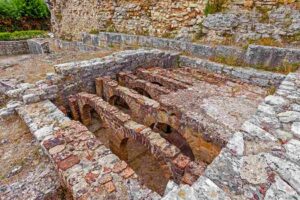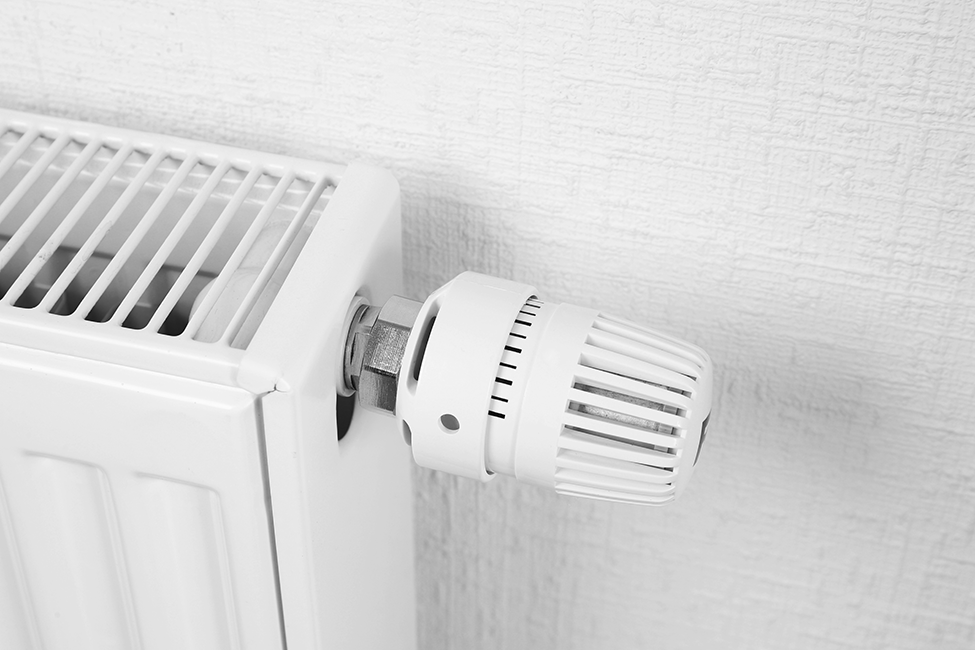Heating Furnace Repair and Replacement
Check-up and Maintenance
Get Your Questions Answered
Save on Energy Bills
The Valley Comfort Heating Difference
Locations We Serve
Sonoma County
- Cotati
- Healdsburg
- Petaluma
- Rohnert Park
- Santa Rosa
- Sebastopol
- Sonoma
- Windsor
Napa County
- American Canyon
- Calistoga
- Napa
- Oakville
- Rutherford
- St Helena
- Union
- Yountville
Marin County
- Novato
- San Rafael
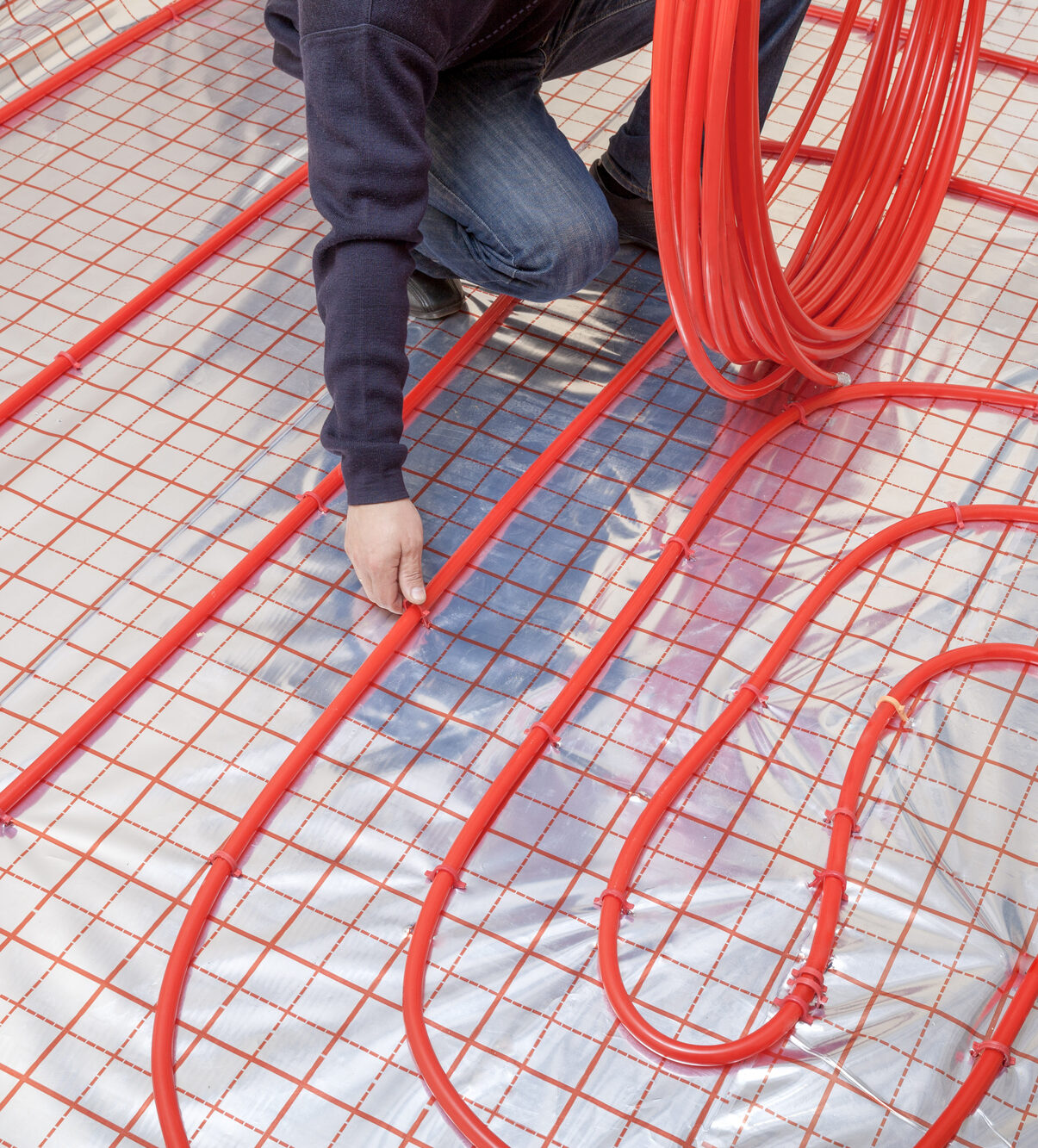
Heating Systems: We’ve Got You Covered
When the temperatures start to dip outside, it doesn’t take long before the same begins to happen indoors. Just as we reach for the thermostat in the summer to turn on our air conditioner and stay cool, we start thinking about switching on the heating system as soon as we feel a chill.
What happens when you do that, though? How does it all work, and how did we arrive at the modern heating and furnace systems we use today?
These are the kinds of questions you might be curious about but haven’t taken the time to answer before. Knowing a little bit about how it all works can help you understand the systems in your home or business and can highlight the importance of keeping them in good working order. Let’s take a closer look at all the essential things to understand about heating a building.
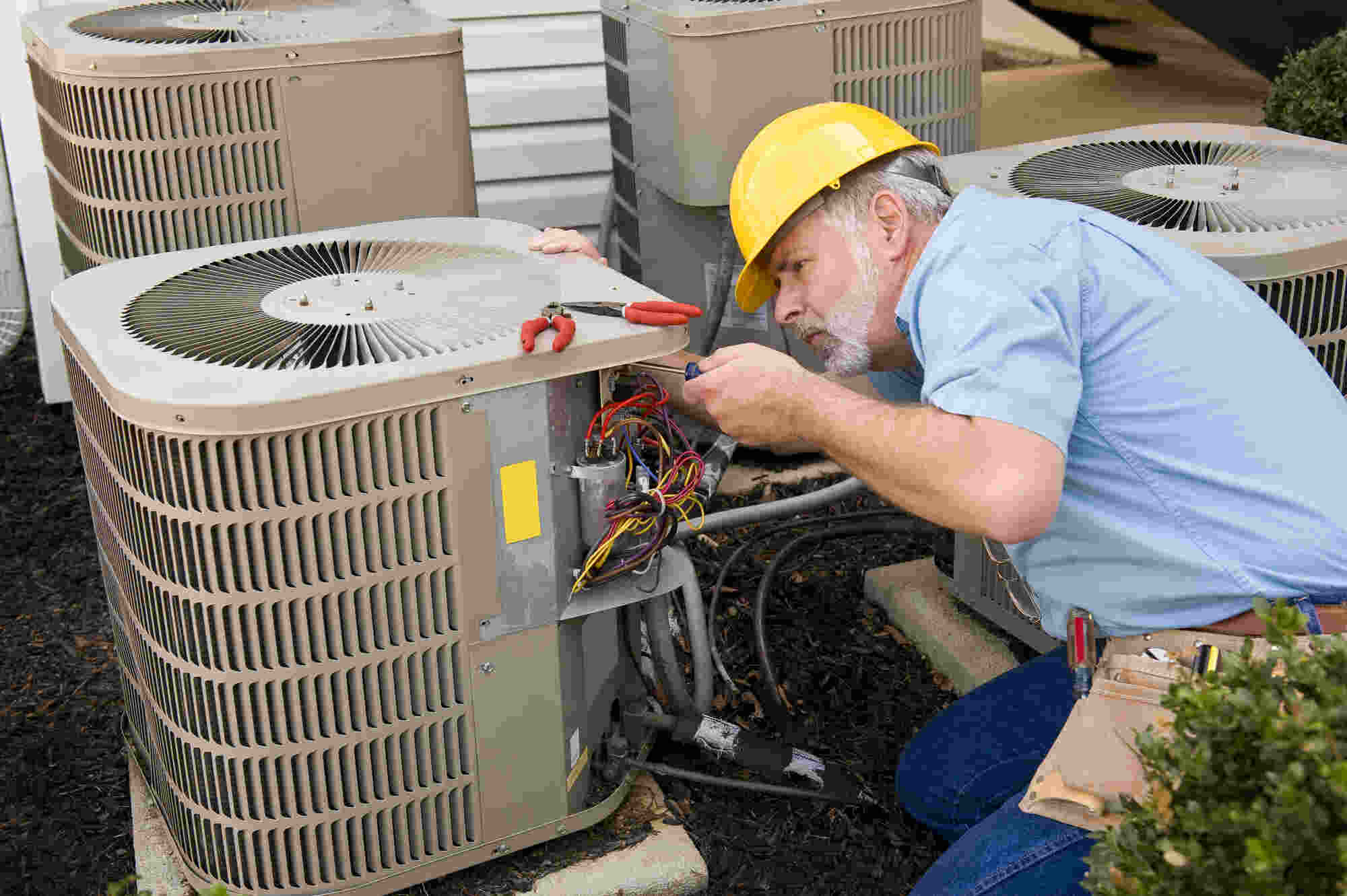
Experienced
We are committed to providing the best installations in the industry, along with the best equipment.
Available
24/7 – Our staff of factory trained technicians have the expertise to repair HVAC equipment of any make or model.
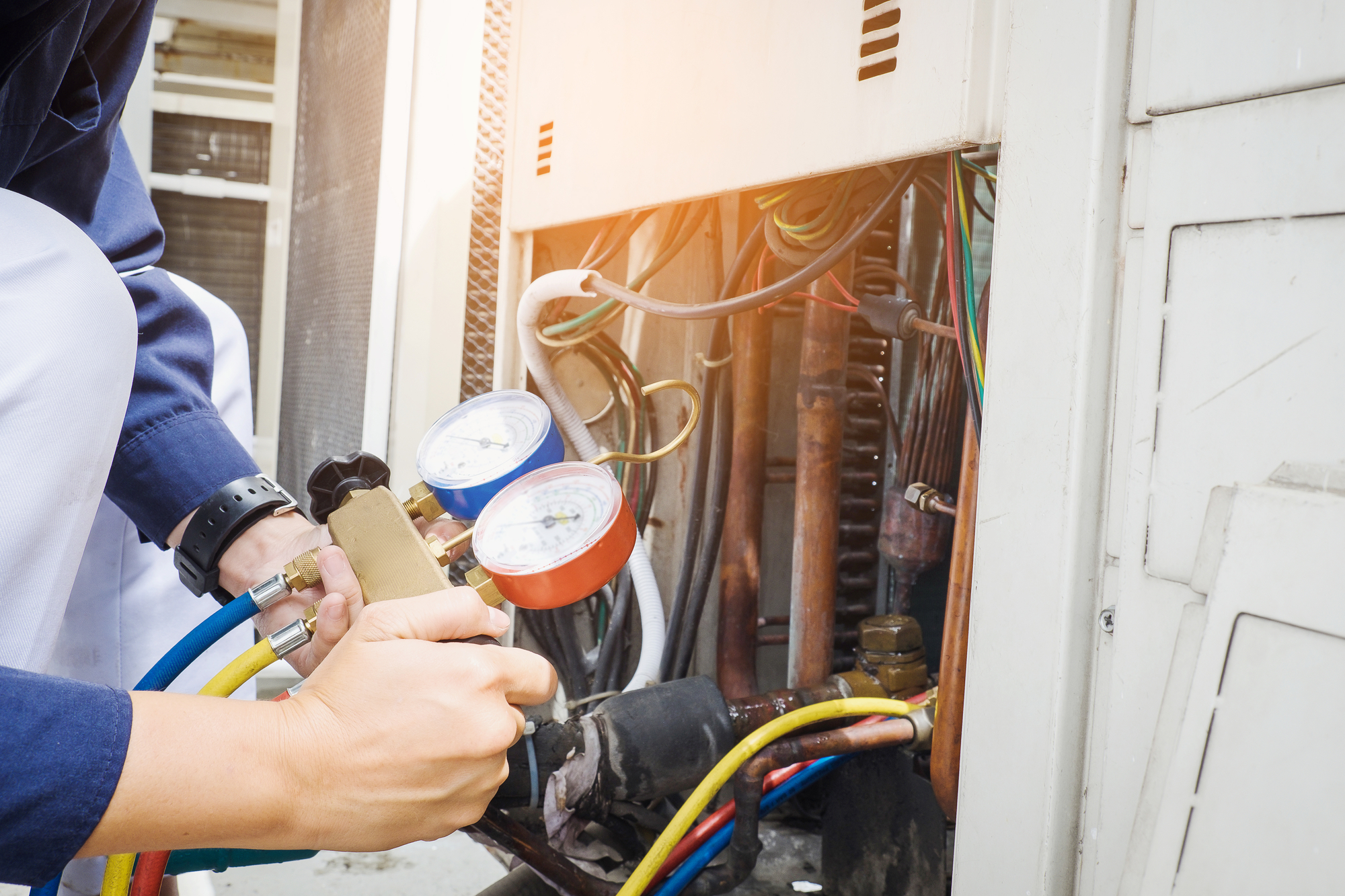
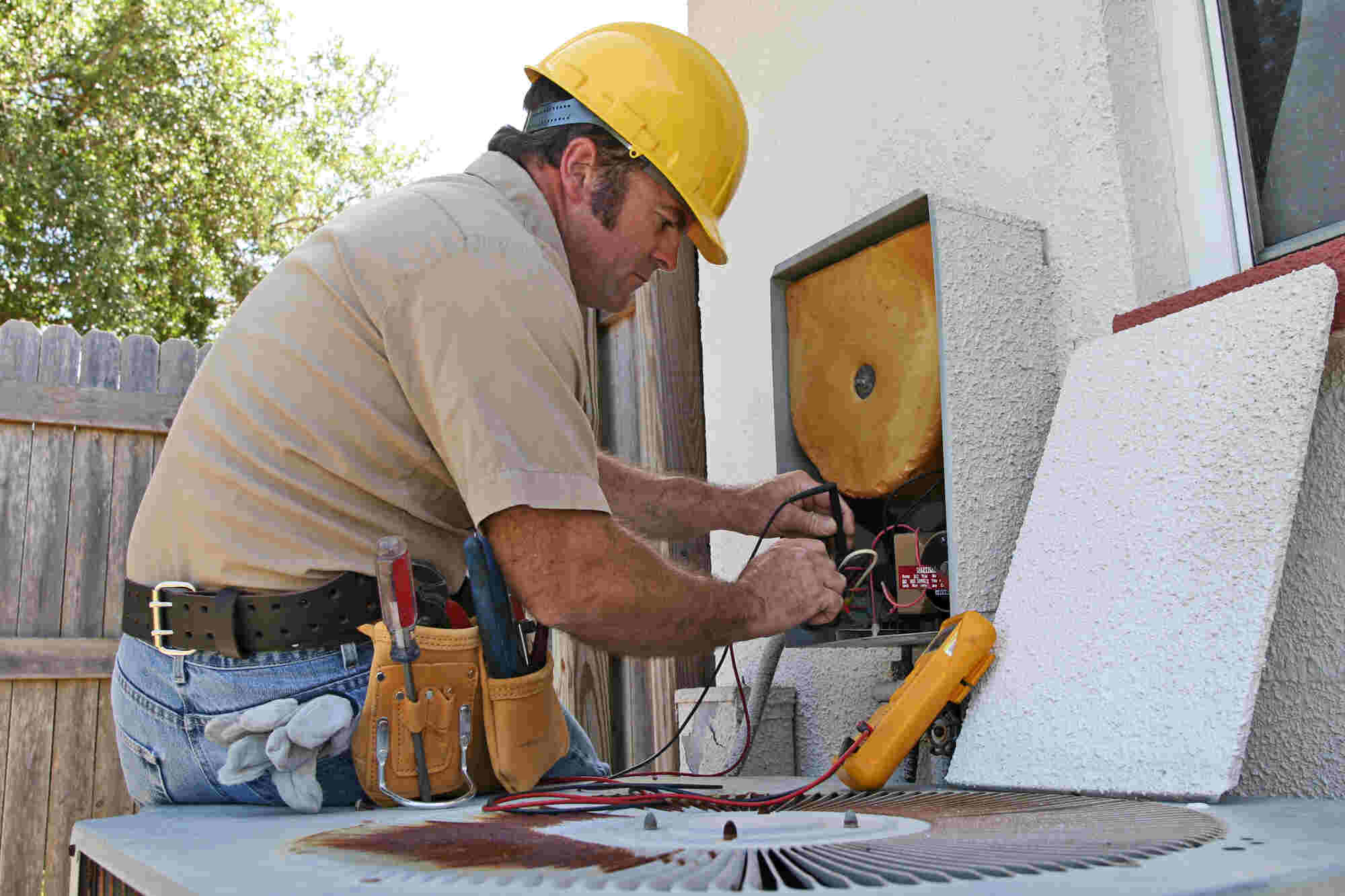
Reliable
Our staff is ready to assist you at every step in the selection and installation of your heating system. We offer financing with approved credit through Wells Fargo.
Table Of Contents
What Is a Heating or Furnace System?
Definitions are typically the best place to start when trying to understand something new – even if it’s something seemingly as basic as a building’s heater.
Put simply, a heating system is any setup that allows for the creation and circulation of warm air throughout a space, residential or commercial.
In most cases, the heating systems with which we’re all familiar are intended for creating a more comfortable indoor environment. In some systems, the purpose of the warm air is to maintain a healthy living environment (such as for livestock) or to protect products and equipment from the adverse effects of cold weather.
A heating system could be an integral part of a building’s construction, or it could be a temporary and portable option, such as a space heater. For many other homeowners, the use of either a central electric heater (in mild climates) or a gas-fired furnace (in colder areas) is particularly common. These systems didn’t appear overnight, though – it took a lot of work and some ingenious ideas to get here!
Residential Heating Systems
Do you know what type of heater you have in your home? Most homeowners have had to deal with a heating or furnace-related service at some point in the past.
Residential systems can vary based on the location of the home, the age of the structure, and many other factors. Though at their core they all accomplish the same goal, how they reach that point varies. Let’s break down the various residential heaters one might encounter.
Furnace
Perhaps the most common form of central heating, these systems today are functionally not much different from Alice Parker’s original patent, aside from major improvements in efficiency.
A central furnace in the home burns oil or natural gas, using open flames to create hot air when the thermostat indicates a need to raise the home’s temperature. An electrical fan then forces this heated air through the home’s ductwork, rapidly heating the space
Electric Furnace
Not all furnaces today still use fossil fuels to produce heat. Some rely solely on electricity, using the power to heat special metal coils inside the unit rapidly. An electric fan then blows across these coils, pushing the air into the ductwork just as in a traditional furnace. These are often more common in regions with milder winters.
Boilers
Previously the prime method used for heating homes in the US, fewer buildings today still rely on boilers, but they are far from uncommon. A purpose-built water heater, boilers don’t send their water to your shower or sink. Instead, the water pumps into radiators in various rooms around the house, or into tubing beneath the floor (a popular upgrade for spaces such as bathrooms).
Heat Pump
A modern development typically found in areas with warmer winters, a heat pump is like running your air conditioner in reverse. Whereas a regular AC cools the air in your home by removing heat, a heat pump does the opposite — it removes heat from the air outside and transfers it indoors using electricity and the principles of refrigeration. Typically, heat pumps offer much better efficiency at the cost of longer warming times.
Radiant Heating
Most heaters do not require maintenance regularly but will benefit from a professional check-up at least once every year. Systems which see heavy use throughout the year will benefit from more frequent servicing, such as every six months. Each component in a heating system has a different lifespan; ask your service technician when to plan for replacement parts.
Commercial Heating Systems
While many installations designed for commercial use operate on the same principles as those used in homes, they exhibit a much greater degree of complexity.
Commercial Buildings Tend to Be Much Larger, with Correspondingly Bigger Demands Placed on the Structure’s Infrastructure.
Furnaces, boilers, and heat pumps all find their use in commercial buildings, but their application is typically different. Let’s consider the most common types of commercial installations.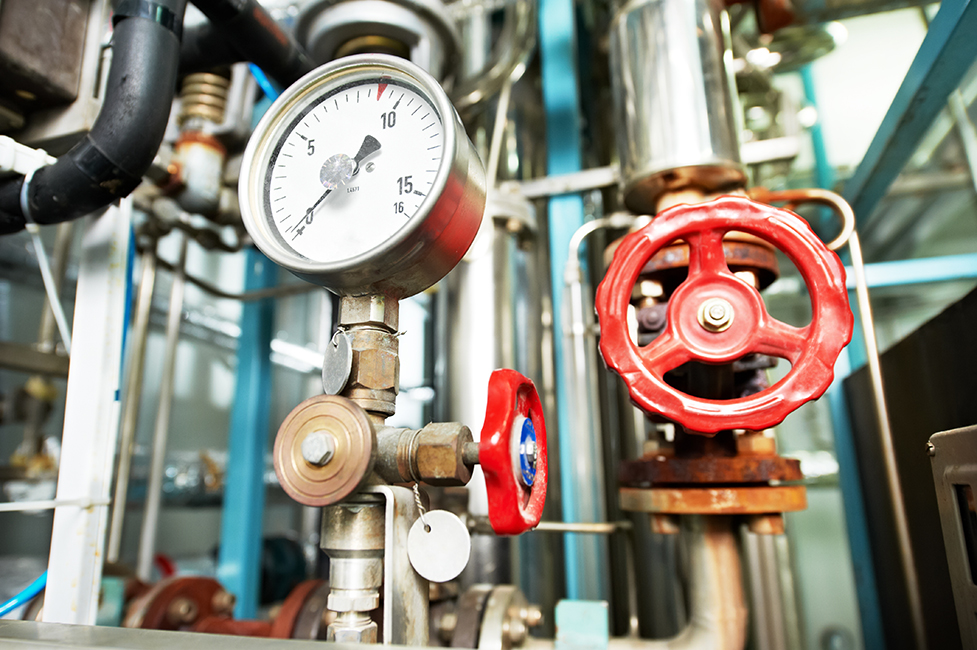
Variable Air Volume (VAV)
Heating System Service Tips
With so many kinds of furnaces out there, it’s easy to think it would be difficult to keep track of how to maintain them all. In reality, though, it’s not hard at all; since most homes use either electric heaters or gas furnaces, and most units are roughly the same, it is easy to prescribe maintenance milestones and best practices for their care.
That doesn’t mean the furnaces themselves are simple, though; there are a lot of components involved, and many of them are nothing to mess with for those without the proper training. However, as the heating season approaches, it’s important to ensure that your system, whatever it may be, is in good shape.
What Can You Do to Avoid a Heating or Air Conditioner Repair?
- Change your filter and prepare to do so roughly once a month during the season. The filter will help to arrest dust and stop it from accumulating on the fans that blow hot air into your home from the furnace. In electric furnaces, filters also prevent dust from collecting on the heating coils themselves. In all cases, too much dust can reduce efficiency and increase the likelihood of a failure due to heavy load.
- If you still use an oil-fired furnace, ensure that you have enough fuel available for your upcoming heating demands. If you understand the process and have some experience, change the oil filter for your furnace now to prevent impurities from creating problems.
- Make a note of any problems you encountered last year and prepare to speak to a professional. Just as you would with an air conditioner repair situation, be ready to explain any strange occurrences or operational anomalies you experienced.
While furnaces are very safe in regular operation, they can still be dangerous to the uninitiated. Allowing a trained and seasoned service provider to conduct an annual review and inspection of your furnace systems will allow you to properly care for the unit you have without risking accidental damage – to it, or yourself.
The best time to schedule such a visit is before the arrival of cold weather, as more and more people will discover problems when they turn their heaters on for the first time in more than six months. Beat the rush!
What Will a Pro Do When Inspecting Heating & Air Conditioning? Why Does it Matter so Much?
- Check your heat exchanger for damage and recommend solutions if problems are found, to prevent CO leakage
- Check proper operation of electric equipment, from heating coils (if applicable) to blower fans
- Provide lubrication for moving parts
- Check vents and the flue for any obstructions that could reduce airflow or send exhaust gases back into the home
- Clean and test the burners to ensure full combustion and maximum efficiency
- Examine all fuel lines for signs of corrosion or damage
Several other things go onto a professional’s checklist, but these are a few of the most important steps. As you can see, it ensures the health of your entire system. Not only is an annual check-up a good idea for peace of mind, but it can also save you a bundle later, too. The same is true for your AC. Routine inspections delay any need for an air conditioner repair.
It’s often easier to correct a problem that appears early in the season than to contend with an emergency call-out when the heater gives up the ghost in the middle of the night!
A History of Furnaces and Other Heating Solutions
Humans have searched for ways to stay more comfortable indoors, not just for centuries, but for thousands of years. A quick look at the history of structural heating quickly reveals that:
In this setup, a fire was built up in a contained furnace, and the hot smoke and air generated by the fire was channeled into the space beneath a room.
The result was an ancient form of “underfloor” heating, warming the entire room. Hypocausts ruled the day for several centuries before the decline of the Romans, leading to their gradual disappearance.
As a result, the central hearth came to occupy even greater importance in the home. The chimney developed, allowing for more complex systems and a simpler way to heat each room with a fire or a stove. The latter saw continual improvements as well, but the methods with which we’re familiar today didn’t begin to emerge until midway through the 18th century.
James Watt (the namesake for our basic unit of power consumption) began experiments with steam technology, which was then new. Perhaps inspired by the news that Peter the Great of Russia had a palace which contained a furnace-fired hot water watt developed idea for the first radiator.
James Watt
Steam Engine System
Learn more
By the 1850s, the rush to develop better heating systems was in full swing. Franz San Galli, a Russian, invented the radiator as we know it today, using hot water or steam to bring warmth to a room. For decades, radiators were the standard for heating in all kinds of applications.
Franz San Galli
Radiator
Learn more
In 1919, an American woman named Alice Parker patented a central heating system remarkably similar to what we know today. Using a gas-fired furnace, ducting, and a fan, warm air could safely be brought. From this major milestone, the modern systems we know today developed and diversified.
Alice Parker
Central Heating System
Learn more
The contemporary history of heating solutions primarily concern improvements in efficiency, reducing the amount of heat lost in the initial combustion stage or in transport throughout a building. New solutions, such as the heat pump and geothermal heating, have also arisen alongside commercial buildings that recycle waste heat from other systems for use in their own heating. These complex systems are rarer, but their genesis lies in the same history as the mid-level furnace that heats your home in the winter.
- Checking and tightening connections where necessary
- Looking for any signs of damage or developing breakdowns
- Testing for the proper level of refrigerant and adding more if necessary
- Draining condensate pans
- Verifying adequate airflow and good operational status of all components
With these steps taken care of, homeowner maintenance becomes much simpler and more straightforward.
Heating System Safety Guidelines
While most individuals take its proper operation for granted, the heating installations within a building are systems that can break down or experience issues like any other. As helpful as they are, they aren’t without some dangers.
Taking the proper precautions and understanding how to avoid any potential hazards from heaters is an important step every home or business owner should consider.
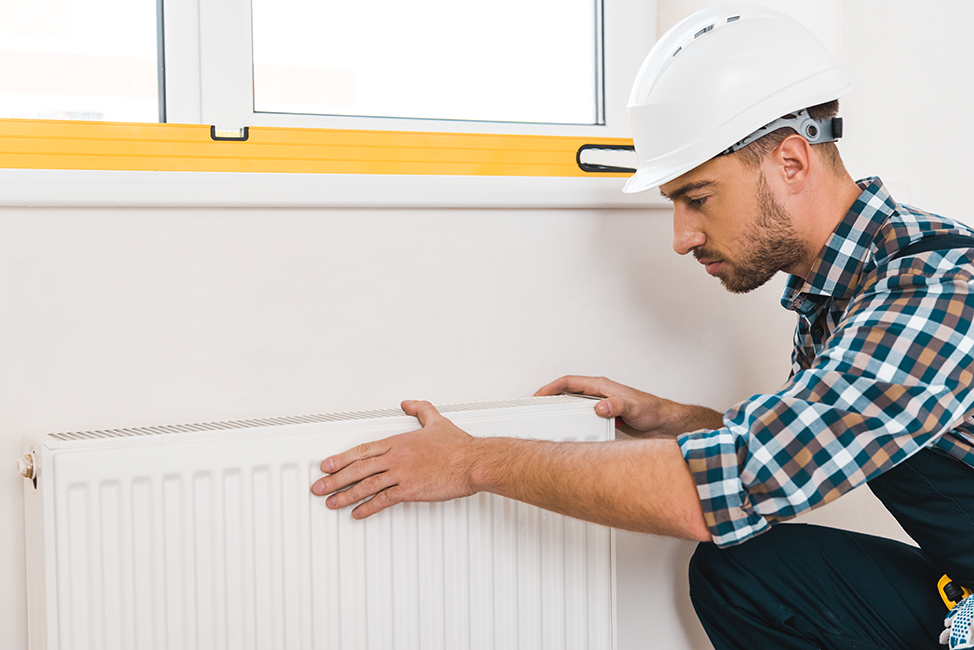
What should you do to stay safe?
- Request a professional inspection of the system at least once a year, especially before periods of heavy use. A professional can help identify any potential problems before they arise and prepare the system for long-term use.
- Keep the area around your heating system’s furnace or boiler clear of flammable objects.
- Furnaces should only be installed in spaces that contain an air volume large enough to foster complete combustion of the fuel: efficiency problems and carbon monoxide buildups may occur otherwise.
- Use fresh filters based on manufacturer guidelines and keep systems dust-free when possible. Just like with an air conditioner, the filter is one of the most critical parts of a heating system as it ensures clean, healthy air for your home and reduces the amount of dust deposited within a system. Avoiding the need for an air conditioner repair before the time for typical maintenance is often as simple as keeping your filters clean.
- Use carbon monoxide detectors throughout the home. A malfunctioning heater may leak dangerous carbon monoxide. Treat these detectors the same way you would smoke detectors — keep fresh batteries in them and place them in critical areas around the home.
- While professional service can help identify problematic elements that lead to carbon monoxide issues, like a cracked heat exchanger, homeowners can spot problems too. Before the heating season begins and several times during it, check the color of your pilot light. It should be blue, like a typical gas flame, and never yellow like a safety match’s flame. A yellow flame indicates that not all the fuel is burning, and can be a sign of increased CO.
- Never attempt to tamper with a heating or air conditioning system during operation or to conduct repairs in the event of a failure. Seek professional help instead.
Where Should You Set Your Thermostat In The Winter for Efficient Heating with Your Furnace?
One of the biggest concerns for homeowners in the wintertime may not necessarily be the proper operation of their furnace, but what it costs to operate.
It’s a simple fact that the more you run the furnace or heater, the more you’ll end up paying on your utility bill.
At the same time, staying comfortable is still important, especially when you have the comfort of others to consider as well. How do you find a happy medium between turning your home into a tropical oasis and letting in the winter chill?
Every family will develop their preferences, but searching for the most cost-effective and comfortable option is worth your time. A thermostat setting of 72 degrees can be acceptable when you and others are home – it provides a warmer atmosphere than you’ll find outdoors without being too hot, so the furnace won’t need to work too hard to achieve this threshold. However, setting the thermostat a little lower, at 68 degrees, for example, and dressing more warmly can help you to save even more energy without a severe impact on comfort.
Overnight, setting the thermostat as low as 62 can help you to save the most energy. Bundled up under blankets in bed, you should feel comfortable leaving the thermostat lower unless you prefer a warmer sleeping environment. This same temperature level is appropriate for when you leave the house. With a programmable thermostat, you can ensure that your furnace fires up for only a minimal amount of time during your absence. Set it up with your commute home in mind, and as you walk in the door, a warm atmosphere will greet you.
This kind of structured approach to winter heating, as opposed to leaving the thermostat in one place, can pay off in the form of lower energy bills. Meanwhile, avoid setting your thermostat too high, and do not set a higher temperature assuming that the furnace will work harder to heat the space faster. You may cause undue strain on the unit and hasten the need for maintenance.

Valley Comfort Heating
From the hypocaust to the heat pump, how we keep ourselves comfortable when it’s cold outside has changed dramatically over the years – but the core concept remains the same. From keeping comfortable to staying healthy, the ability to heat our homes on demand and avoid the cold is one we shouldn’t take for granted.
After all, think of how much we dislike it when a furnace stops working– the world before central heating was ubiquitous! Next time you’re relaxing in the wintertime, and you hear your furnace kick in to start warming your home, think about all it took to get there. First, though, make sure your installation is ready for the season ahead.
Although there are many things that one could classify as a “do it yourself” activity, working on the heating and furnace systems for your home or business should not be one of them. Not only are there safety risks to think about, the complexity of the systems and the training required to maintain them properly.
We will provide premium-level heating services that ensure you can safely enjoy an escape from the cold. Whether you’ve experienced a malfunction with your current heater or you’re ready to upgrade to a more energy-efficient heating furnace. We have the knowledge and understanding of all modern systems to provide the right solution.
Connect With Us by Completing the Form Below
– Get Ready, Sit Back, and Enjoy the Heat!
Request a Consultation
Please complete this form:
We serve Residential and Commercial customers in the following counties and cities
Sonoma County
- Cotati
- Healdsburg
- Petaluma
- Rohnert Park
- Santa Rosa
- Sebastopol
- Sonoma
- Windsor
Napa County
- American Canyon
- Calistoga
- Napa
- Oakville
- Rutherford
- St Helena
- Union
- Yountville
Marin County
- Novato
- San Rafael

